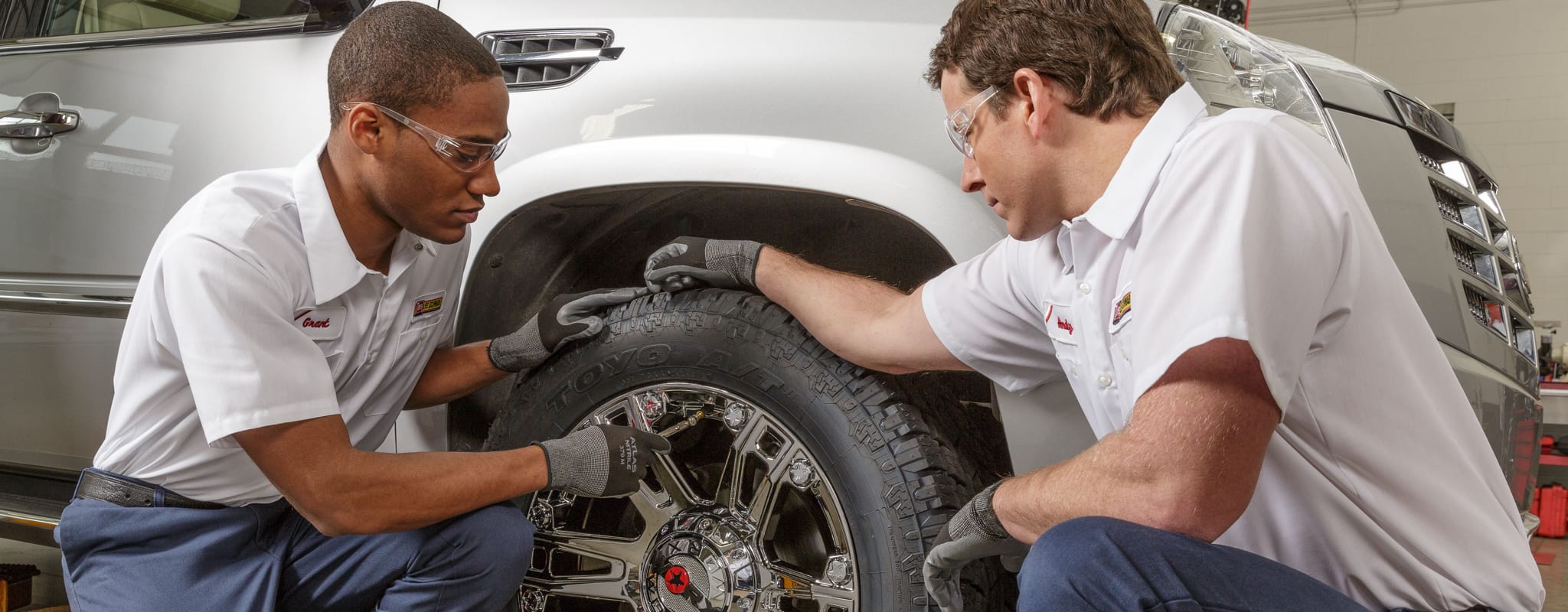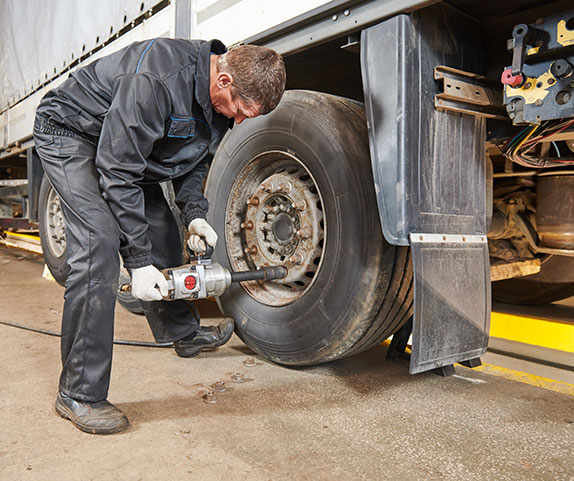Morris Tires: Where GMC Tire Service Fulfills Top Quality
Morris Tires: Where GMC Tire Service Fulfills Top Quality
Blog Article
Tire Service: The Effect of Climate Condition
When it comes to guaranteeing ideal performance and security on the road, recognizing the impact of climate conditions on tire service is critical. From scorching heat to icy roadways, each weather condition aspect can dramatically affect tire functionality and total driving experience. By delving right into the impacts of differing climate condition on tires, chauffeurs can acquire useful understandings that may boost their vehicle's efficiency and longevity. In this conversation, we will discover the complex connection in between weather and tire service, clarifying the value of weather-specific tire upkeep techniques and considerations.
Warmth and Tire Performance
When revealed to heats, tires experience modifications in efficiency that can dramatically affect lorry safety and handling. The warmth generated from extended driving or warm climate conditions creates the tire rubber to soften, leading to decreased walk life and boosted wear. As the rubber becomes softer, the tire's hold when traveling reduces, influencing braking ranges and general traction. In extreme situations, excessive heat can even trigger tire blowouts, posing an extreme safety and security risk to the car and its occupants.

Winter Results
Cold climate conditions can have a significant effect on tire performance and security. In cold weather, tires may additionally lose air stress extra rapidly, which can influence handling and fuel performance.
To mitigate the results of winter on tires, it is vital to frequently check tire stress and inflate them to the manufacturer's suggested levels. Using winter or all-season tires developed for winter conditions can likewise boost traction and grip on icy or snowy roadways. Proper tire upkeep, consisting of routine assessments for wear and damages, becomes even much more vital during colder months to ensure ideal performance and safety.
Rainy Conditions Effect
During rainy conditions, tire efficiency and safety and security can be dramatically influenced by the wet road surfaces and reduced visibility. The walk pattern of tires plays a vital function in preserving traction on wet roadways. Tires with worn-out treads are much more prone to hydroplaning, where a layer of water accumulates between the tire and the road surface area, leading to loss of grip. To fight this, drivers should on a regular basis examine their tires for adequate tread depth and consider buying tires specifically designed for damp problems.
Furthermore, stormy climate can likewise reduce visibility, making it testing for motorists to see the roadway in advance plainly (GMC Tire Service). In such conditions, it is essential to change driving rates appropriately and keep a secure complying with range to permit for unexpected stops. Effectively inflated tires can additionally help in keeping control on damp roads by giving far better handling and grip
Snow and Tire Safety And Security
When driving in snowy problems, having the navigate here best tires you can try these out can make a significant distinction in security and efficiency. Winter tires are made with unique rubber compounds and walk patterns to offer better traction on snow and ice compared to all-season tires.

It is essential to comply with producer directions when setting up and using tire chains to protect against damages to the tires and automobile. By selecting the best tires, maintaining correct rising cost of living, and taking into consideration added grip aids like tire chains, motorists can improve their safety when browsing snow-covered roadways.
Weather-Related Tire Upkeep
When encountered with various weather, correct tire maintenance ends up being an essential aspect of vehicle security and performance. Weather-related tire upkeep includes a variety of methods aimed at making sure ideal tire feature and long life in various weather condition scenarios. One essential facet of weather-related tire upkeep is tire stress policy. Changing temperature levels can cause tire pressure to differ, influencing grip and fuel efficiency. Regularly inspecting and readjusting tire pressure according to supplier recommendations is necessary for safe driving in changing weather conditions. Furthermore, look at this now tire walk deepness plays a significant role in managing various climate elements. Tires with ample step deepness give better hold on wet or icy roadways, lowering the threat of hydroplaning or skidding. When tread wear reaches a particular deepness is crucial for preserving grip and security in damaging weather, examining tire walk routinely and changing tires. By focusing on weather-related tire upkeep, motorists can boost safety and security, boost lorry performance, and lengthen the life-span of their tires.
Final Thought
In conclusion, weather problems have a substantial impact on tire efficiency and safety. From warmth affecting tire stress and wear to chilly climate reducing grip, it is crucial to take into consideration the weather condition when keeping and making use of tires.
In this discussion, we will certainly discover the elaborate relationship in between weather conditions and tire service, losing light on the relevance of weather-specific tire maintenance practices and considerations.

Report this page